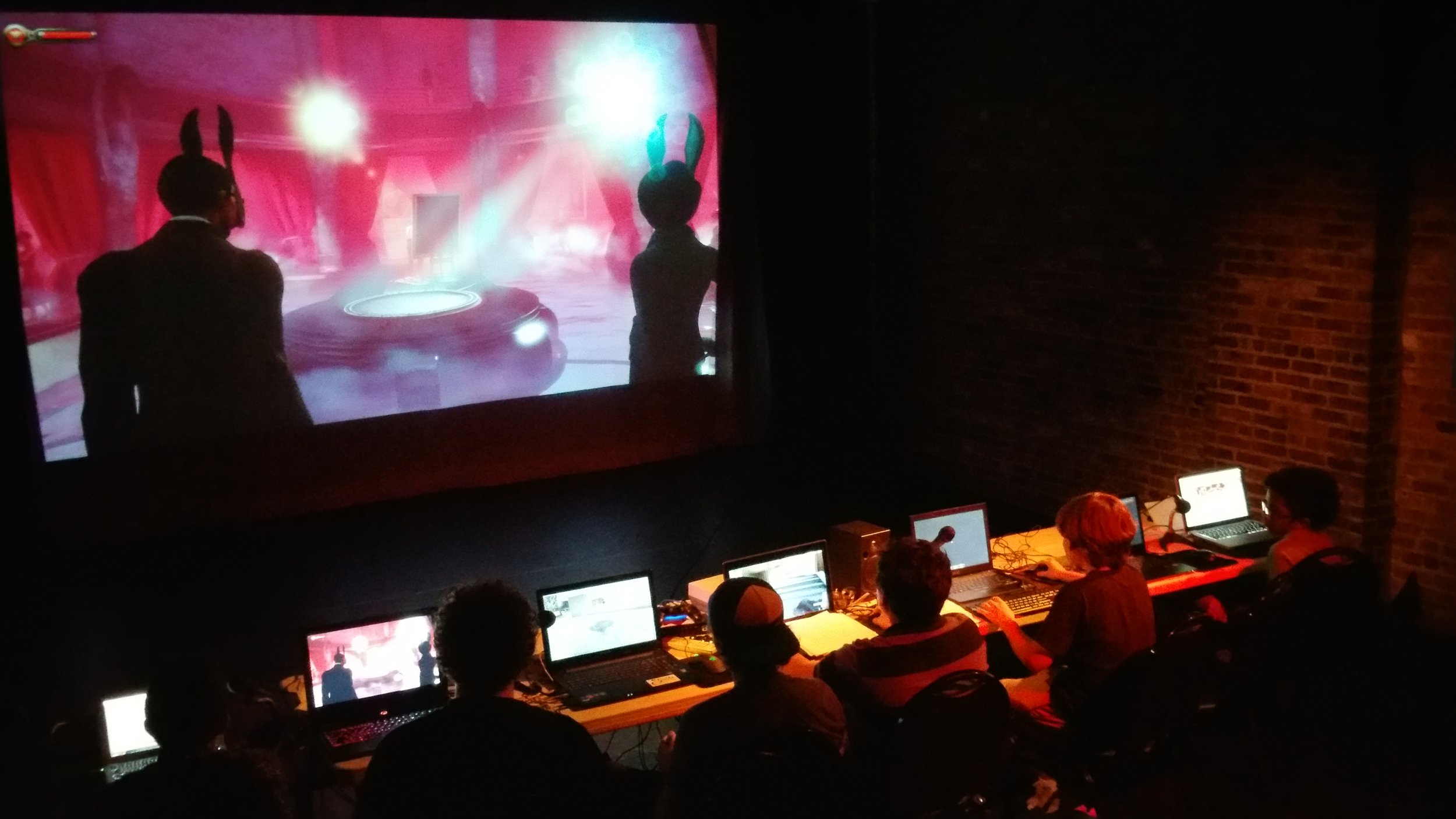Eddie Kim has found a way to combine World of Warcraft and Shakespeare with his theater group, EK Theater. He’s a teacher with a background in traditional theater, and for the last 10 years, he’s been putting on performances featuring what he calls “video game puppetry” — live shows where classical theater pieces are enacted in a game world.
In 2007, Kim received an invite to put together a performance for the Tiny Theater Festival, an annual event at the 70-seater Brick Theater in New York. The piece had to be 10 minutes long and take place on a stage that was essentially a 6-foot cube.

Unlock premium content and VIP community perks with GB M A X!
Join now to enjoy our free and premium membership perks.
![]()

![]()